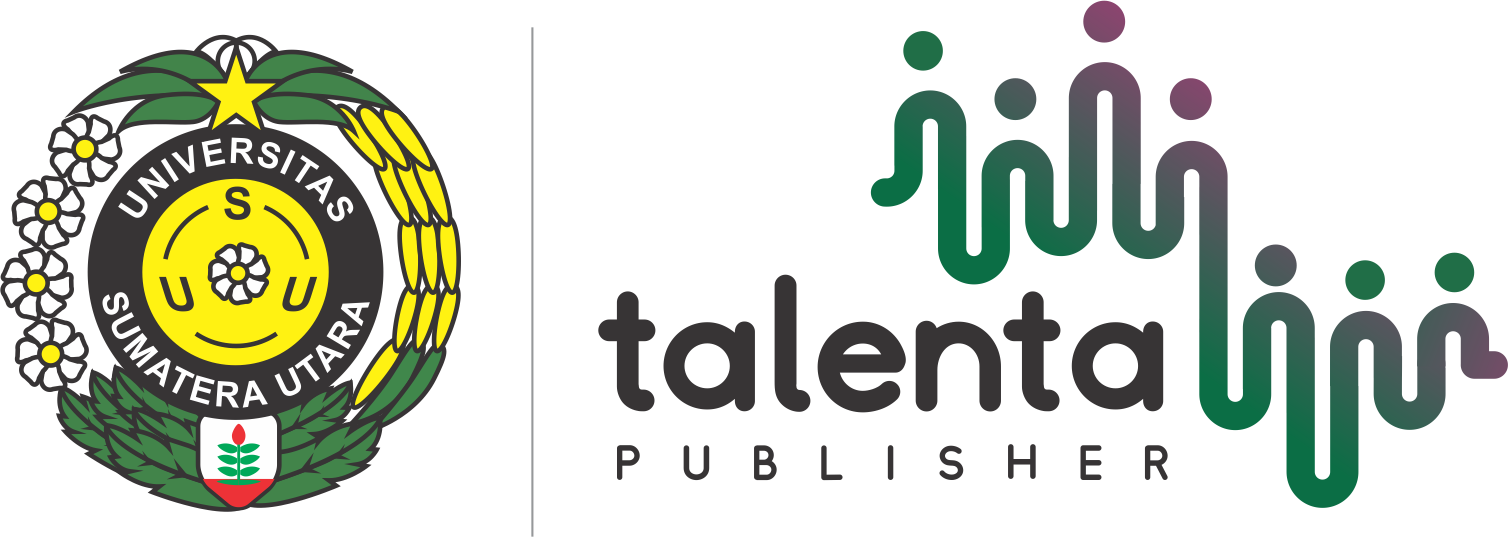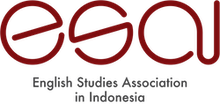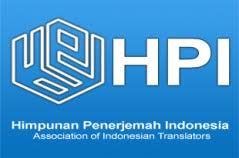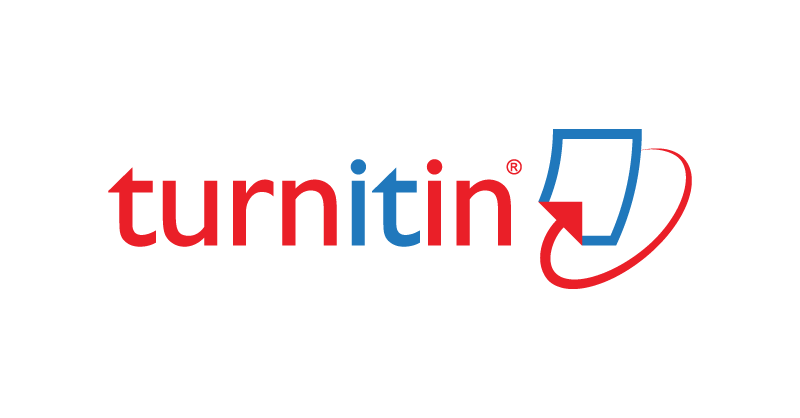YouTube as a Supplementary Resource for Learning English Speaking and Conversation of Non-English Department Students
Keywords:
conversation, English speaking, Non-English major students, Supplementary resource, YouTubeAbstract
This study explores non-English department students' perceptions of the use of YouTube videos as supplementary resources in learning English speaking and conversation. This research is descriptive qualitative research. The analysis shows that non-English students generally find YouTube an engaging and effective tool for learning English. They appreciate its flexibility, accessibility, and the realistic learning experiences it offers. YouTube is particularly valued for improving understanding of English topics and conversations, providing cultural insights, and supporting pronunciation and intonation. It is seen as a personalized and enjoyable learning resource. YouTube is regarded as effective for vocabulary acquisition. Students believe it helps them learn new words, understand word usage in social contexts, and apply vocabulary in real-life conversations. The platform’s clear explanations and frequent phrase repetition improve retention and confidence. In speaking skills, YouTube has a significant impact. It enhances pronunciation, builds confidence, and helps students feel more comfortable speaking English, especially in casual situations. Students get benefits from exposure to various accents and conversation examples, which help improve fluency. However, students face several challenges using YouTube for learning, such as difficulty understanding accents or fast speech, poor video/audio quality, and trouble maintaining focus. There is also a challenge in selecting appropriate videos, and some students feel there is insufficient explanation of vocabulary or a lack of interactive speaking practice. Students suggest several improvements to make YouTube more effective as a learning tool, including the addition of subtitles, more videos on formal and professional conversations, and better video selection guidance. They recommend incorporating interactive quizzes, visuals, and more tailored conversation examples for different learning needs. Additionally, they suggest videos should focus on correcting pronunciation errors and include more exposure to diverse accents. Lastly, students call for guided speaking practice sessions to enhance learning. Overall, students highlight YouTube’s potential as an effective and flexible tool for English learning while offering suggestions to overcome its challenges and enhance its educational value.
Downloads
References
Choirunnisa, L. A. D. (2020). Using YouTube Content as A Supplementary Instructional Media for Economics Subject of Senior High School. Classroom Action Research Journal (CARJO), 3(3), 85–94.
Fitria, T. N. (2021). An Analysis of Code Mixing of an Australian Youtuber “Dave Jephcott†in His Instagram “Londo Kampungâ€. Rainbow : Journal of Literature, Linguistics and Culture Studies, 10(1), 57–68. https://doi.org/10.15294/rainbow.v10i1.44701
Fitria, T. N. (2022a). English Vlog Project: Students’ Perceptions and Their Problems. Acuity: Journal of English Language Pedagogy, Literature and Culture, 7(1), 77–87. https://doi.org/10.35974/acuity.v7i1.2535
Fitria, T. N. (2022b). Using TED Talks In English Language Teaching (ELT): Supplemental Resources for English Language Teaching (ELT). SOSMANIORA: Jurnal Ilmu Sosial Dan Humaniora, 1(1), 36–43. https://doi.org/10.55123/sosmaniora.v1i1.199
Fitria, T. N. (2023a). A Library Research in English Education Research: A Guidance for Researchers in Writing Non-Research Articles. Prosiding Seminar Nasional & Call for Paper STIE AAS, 6(1). https://prosiding.stie-aas.ac.id/index.php/prosenas/article/view/266
Fitria, T. N. (2023b). The Issue of Native and Non-Native English-Speaking Teachers: Which is the Ideal English Teacher? IALLTEACH (Issues In Applied Linguistics & Language Teaching), 5(1), 48–58. https://doi.org/10.37253/iallteach.v5i1.7800
Fitria, T. N. (2023c). Using Dubbing and Subtitling Methods Through Film in Motivating Students in English Speaking and Conversation. ISLLAC : Journal of Intensive Studies on Language, Literature, Art, and Culture, 7(2), 248–264. https://doi.org/10.17977/um006v7i22023p248-264
Fitria, T. N. (2024). Qualitative Research Method in Education Field: A Guide for Researchers, Lecturers and Students (Metode Penelitian Kualitatif di Bidang Pendidikan : Panduan bagi Peneliti, Dosen dan Mahasiswa). Eureka Media Aksara. https://repository.penerbiteureka.com/publications/578908/
Insorio, A. O., & Macandog, D. M. (2022). YouTube Video Playlist as Mathematics Supplementary Learning Material for Blended Learning. European Journal of Interactive Multimedia and Education, 3(2), e02212. https://doi.org/10.30935/ejimed/12490
Noortyani, R. (2019). The Use of YouTube as the Source of Supplementary Material in Learning News Writing. Practitioner Research, 1, 111–126. https://doi.org/10.32890/pr2019.1.6
Rigdel, K. S., S., D., & Rai, D. M. (2023). Effectiveness of YouTube as a Supplementary Material to Enhance the Students’ Learning Achievement in Geography. Asian Journal of Education and Social Studies, 47(3). https://doi.org/10.9734/ajess/2023/v47i31027
Sholikhi, F., Primasari, Y., & Primasari, F. O. B. (2024). The Use of YouTube as a Supplementary Resource for Informatic Engineering Students in Speaking Skills. JETLEE : Journal of English Language Teaching, Linguistics, and Literature, 4(2), 139–152. https://doi.org/10.47766/jetlee.v4i2.2738
Solano, L., Cabrera-Solano, P., Ulehlova, E., & Espinoza-Celi, V. (2020). Using EFL Youtube Videos as Supplementary Resource for Teaching Vocabulary: A Case Study in Secondary Education. Proceedings of the 5th International Conference on Information and Education Innovations, 40–45. https://doi.org/10.1145/3411681.3411682
Zahro, S. F. (2022). Utilizing Youtube Video As A Supplementary Resource for Teaching Vocabulary: A Study of Seventh-Grade Students of Junior High School [Undergraduate, UIN KH Achmad Siddiq Jember]. http://digilib.uinkhas.ac.id/17118/
Zulaefa, R. F., & Rizal, D. (2023). The Use of YouTube as a Supplementary Resource in Students’ Speaking Skills. Ahmad Dahlan Journal of English Studies, 10(1). https://doi.org/10.26555/adjes.v10i1.302
Downloads
Published
How to Cite
Issue
Section
License
Copyright (c) 2025 LingPoet: Journal of Linguistics and Literary Research

This work is licensed under a Creative Commons Attribution-ShareAlike 4.0 International License.












